
Interview Vol. 7 / 2018.12.07
JUICE Player Interviews
National Research and Development Agency (As of 2018)
are expecting a lot from JUICE
——We will be talking about the project and Professor Asamura’s everyday life as a player in the JUICE project.
The roles and targets of Professor Asamura in JUICE
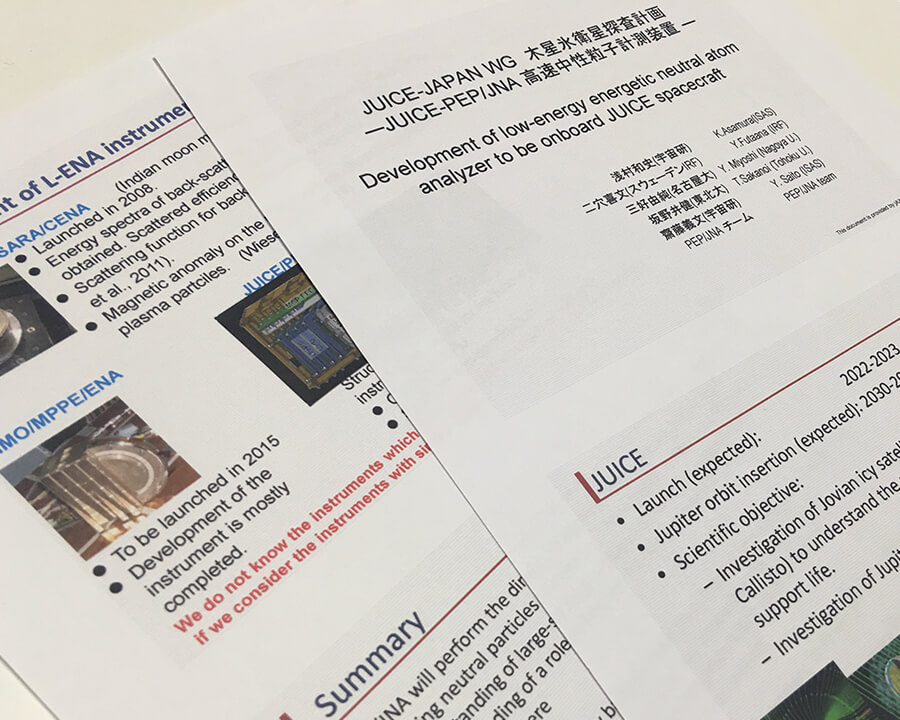
——The sixth interview is with Assistant Professor Kazushi Asamura of the JUICE-JAPAN Institute of Space and Astronautical Science.
Please can you tell us about your position and role in JUICE.
Dr. Asamura: I am working on the JNA (Jovian Neutrals Analyzer) in the set of observation instruments called PEP (Plasma Environment Package). PEP is composed of multiple instruments for the observation of plasma and neutral particles with the purpose of clarifying the behavior of those particles in the magnetospheres of Ganymede and Jupiter. Researchers from the Sweden Institute of Space Physics are the PIs (principal investigators) for PEP and JNA, and I am responsible for the development of only a part of the JNA equipment, namely, the electronic circuitry and detector.
——In JUICE, what is the purpose of JNA, and what are your personal goals?
Dr. Asamura:
One of the main purposes is to investigate the distribution of plasma using the neutral particles analyzer on the Ganymede probe. Phenomena taking place on Ganymede may resemble what happens on Earth because of the (albeit weak) magnetic field. Also, because the atmosphere is either non-existent or thin, the surface of Ganymede is struck by particles. These particles rebound after hitting the surface, which kicks up a certain substance. In most cases, the substances that are reverberated and kicked up are thought to be neutral particles with no electric charge. The plasma particles that strike Ganymede produce neutral particles. An observation of this process should clarify how the plasma particles are distributed in the surroundings of Jupiter and Ganymede based on an understanding of the form of the particles that strike the surface of Ganymede.
When these particles strike Ganymede, it is reflected in auroras, which may be something like the auroras we see on Earth. However, because there is no atmosphere, or, if there is an atmosphere, it is thinner than that of Earth, it seems that there is no shine to the aurora. The investigation of this phenomenon is a direct extension of studies of the physics of the auroras on Earth, so it is nothing new, even though no one else is doing it. Planetary science researchers are expecting a lot from the JUICE icy moon explorer in terms of the search for the possibility of life, which is the main purpose. However, my goal is more about plasma physics than the story of life.
——Please can you explain plasma for those who are completely unaware of what it is.
Dr. Asamura: Plasma is a collection of ions and electrons. Plasma can be found everywhere, but, basically, the plasma in outer space is mostly positive ions and electrons. There are almost no negative ions. The number of ions and electrons is almost equal, which is an important part of plasma.
 However, the condition cannot be understood from external observation. When there are only ions, we can understand this from the fact that there is a positive electric charge, but plasma will become neutral from the influence of any nearby electrons, which is difficult to discern externally. This is the condition of the plasma around us.
However, the condition cannot be understood from external observation. When there are only ions, we can understand this from the fact that there is a positive electric charge, but plasma will become neutral from the influence of any nearby electrons, which is difficult to discern externally. This is the condition of the plasma around us.
As to how we investigate this, as the ions and electrons are moving, they will strike the sensor on their own, allowing us to measure them.
Plasma is influence very little by gravity but it is highly affected by electric fields and magnetic fields, in particular. The movement of plasma particles in those fields becomes curved. Electric fields and magnetic fields are produced by the movement of charged ions and electrons, which also emits radio waves. The emission of radio waves slows down the movement of the ion and the electron, and the emitted radio waves charge other ions.
Neutral particles are affected by gravity, but they are not affected by electric fields and magnetic fields. These particles collide into each other. Plasma in outer space is limited in number, so such collisions rarely occur.
However, other plasma particles are affected by the electric fields and magnetic fields. The collisions are different from those caused by neutral particles, but the effect is similar.
——Is this what causes aurora to shine?
Dr. Asamura: That’s right. Also, if we look at how much energy directly reaches the Earth from the Sun, it is around 1400w per square meter, but, in addition, a considerable amount reaches us through the electromagnetic field at night. It is thought that the Sun and the stars are mostly made of plasma. Solar flares and other activity are also understood as being plasma phenomena.
Other research apart from JUICE
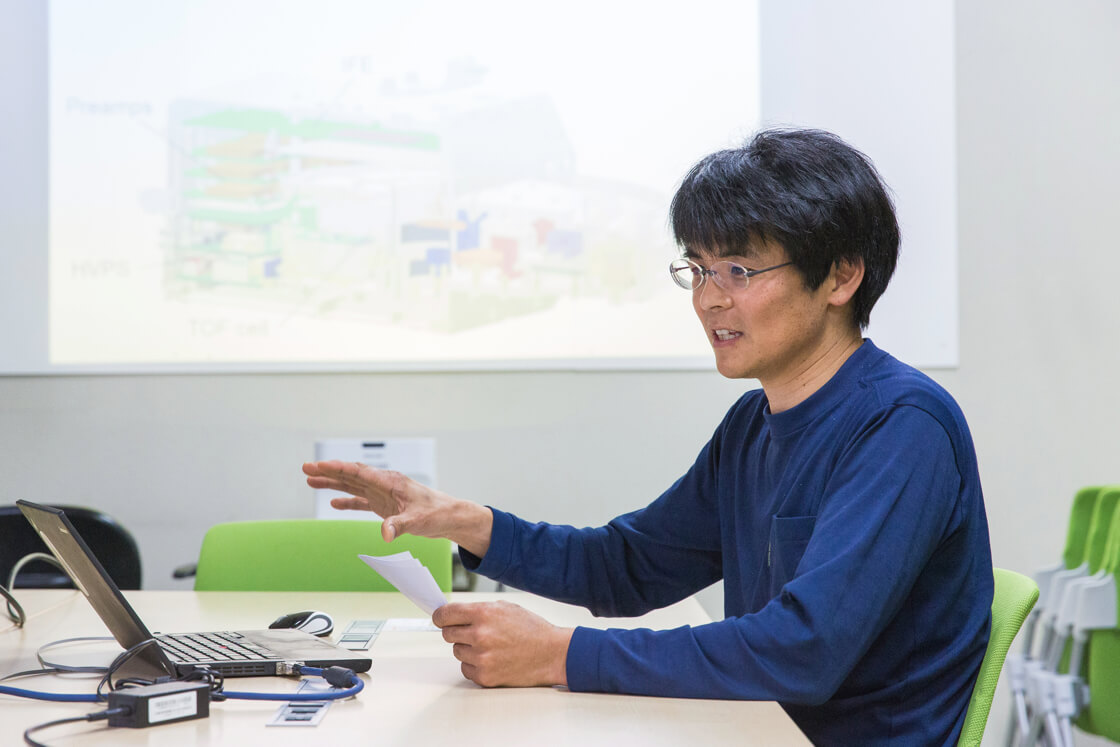
——What else are you researching apart from JUICE?
Dr. Asamura:
I am involved in various missions, including operations, operation systems and observation equipment development for Arase (ERG), a probe that was launched one year ago to make observations in magnetic fields near Earth. I am currently analyzing the data received from Arase.
I’m also working on equipment development for an American observation rocket. I am also responsible for the observation equipment on the Mercury probe MMO, which is currently being tested in Europe. All of these are concurrent.
——How is your work divided between these projects?
Dr. Asamura: Right now, JUICE does not take up such a large part of my work. The main part of my work at the moment is taken up by satellite operations and data analysis for ERG equipment operation and the observation rocket.
——You’ve been heavily involved with international probes, so do you often go abroad?
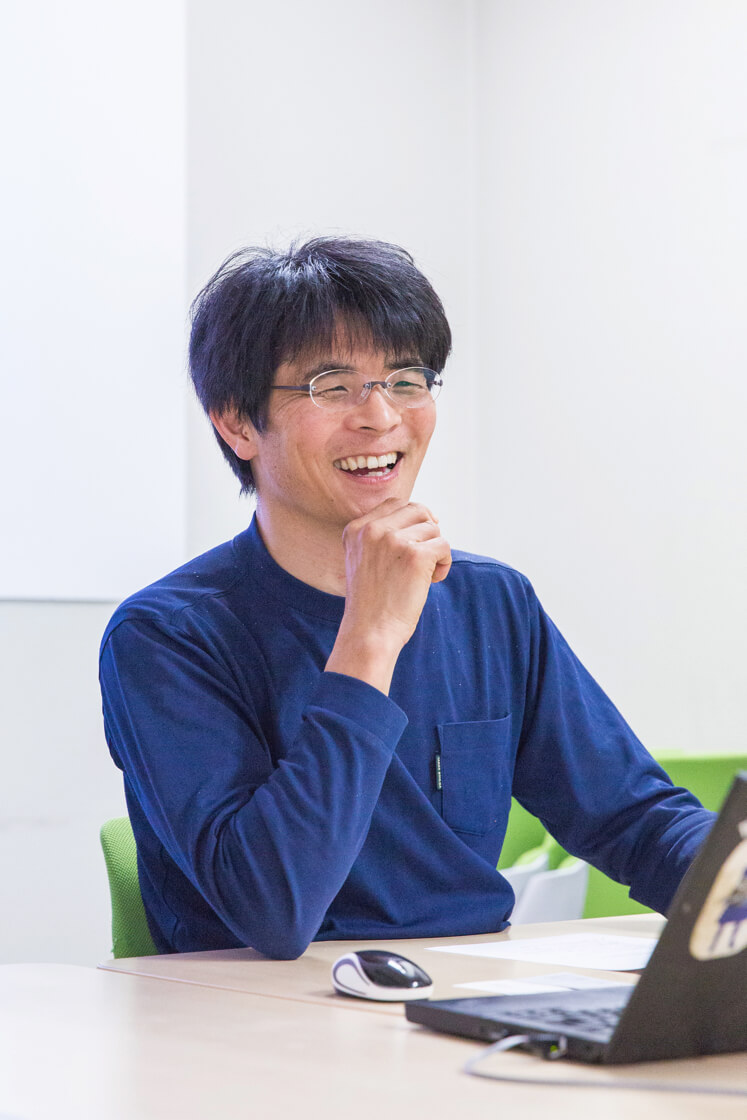
Dr. Asamura: In 2005, I went to the Baikonur Cosmodrome for the launch of the Reimei satellite. Reimei is a small satellite developed by JAXA with the primary function of an aurora probe. I was responsible for the development of the observation equipment for Reimei. My younger brother was staying in Uzbekistan at the time, so I felt quite comfortable travelling to central Asia, but the Baikonur Cosmodrome was leased by Kazakhstan to Russia, so there were some language difficulties when using Russian. I’ve also been to India numerous times to test the electronic circuitry of observation equipment equipped on the Chandrayaan satellites.
——What directly led to your participation in JUICE? You’ve been involved in one major project after another.
Dr. Asamura:
The request came from the Sweden Institute of Space Physics because of my involvement in the Chandrayaan satellites. Maybe I was just lucky because, in reality, I hadn’t picked this out as something I wanted to do. It may be surprising, but there isn’t a lot of room to choose personnel for specific tasks, so each person does what they can, and does not do what they cannot do.
Ultimately, space is quite a narrow discipline, and our research is unique, so, naturally, it becomes a case of automatically choosing certain people for certain tasks, as no two people are doing the same thing. However, this doesn’t mean that I am the only capable person, and, rather, everyone who is working on analyser development is capable of doing this, so, if someone else was involved, the same kind of observations would be made but with a different kind of analyzer, and you would now be talking to that person instead of me.
Past equipment development and its use in upcoming projects
——Please can you tell us about man-made satellite development that you have worked on in the past.

Dr. Asamura: Due to my involvement in these developments, I was known by researchers from the Sweden Institute of Space Physics, and I think these results led to future developments. The same members have been involved in satellite development, and JUICE PEP/JNA is the third of these, after the Chandrayaan satellite and MMO (BepiColombo).
——Even after observation equipment has been developed, it is not always used “as-is” in successive projects, so in what ways are improvements made?
Dr. Asamura:
For MMO, we made improvements and developments when incorporating things that went wrong in Chandrayaan. These things can’t be decided in weekly meetings. Rather, we find unique ways to build this equipment.
Of course, I don’t just work on my own. Rather, a request is made by another party, I receive it, and then I build the equipment in my own unique way. When I understand what it is that the other party wants to be built, I will make their request a reality, even if I don’t use the method that the other party imagined.
——It makes you think about what exactly communication is. Ultimately, you are so capable that others trust you to do the task.
Dr. Asamura: Communication isn’t just an exchange of words. It might be looking closely at facts, making hypotheses and drawing conclusions. We rely on and trust in each other.
——Please can you tell us about how you entered this field of research?
Dr. Asamura: It may be due to the influence of Professor Yoshifumi Saito. The people who were influenced by Professor Saito after he joined JAXA were involved in the Nozomi orbiter. My interest in space was due to that influence. I had this aspiration because it just seemed like an enjoyable subject, but what I had really decided was not that I wanted to research space but that I wanted to conduct experiments. Even before that, I was interested in experiments and observations because I was considering fieldwork regarding geological systems. In addition, I heard that there were some second-year students who were working on the development of observation equipment for man-made satellites, which I thought was fascinating.
——Although the analyzer is the main part of your work, are you also researching aurora in a scientific sense?
Dr. Asamura: That’s right. Having said that, I knew absolutely nothing about electronic circuitry before I entered graduate school, so I started out in this field by building things. While I was influenced by Professor Toshifumi Mukai, who works in the field of particle observation equipment, and by my predecessors Professor Saito and Professor Masafumi Hirahara, in terms of research, I’m doing something no one else does.
——What do you enjoy about making observation equipment?
Dr. Asamura: I enjoy thinking about what form to give the analyzer. If it’s just about the electronic circuitry, for me, it might not be so enjoyable. However, because there may be no change to the person responsible for sensors and electronic circuitry in satellite development, and because various things can be understood from electronic circuity, I find it enjoyable to put what I have learned to use in the next development.
——Is there something that is vital for success?
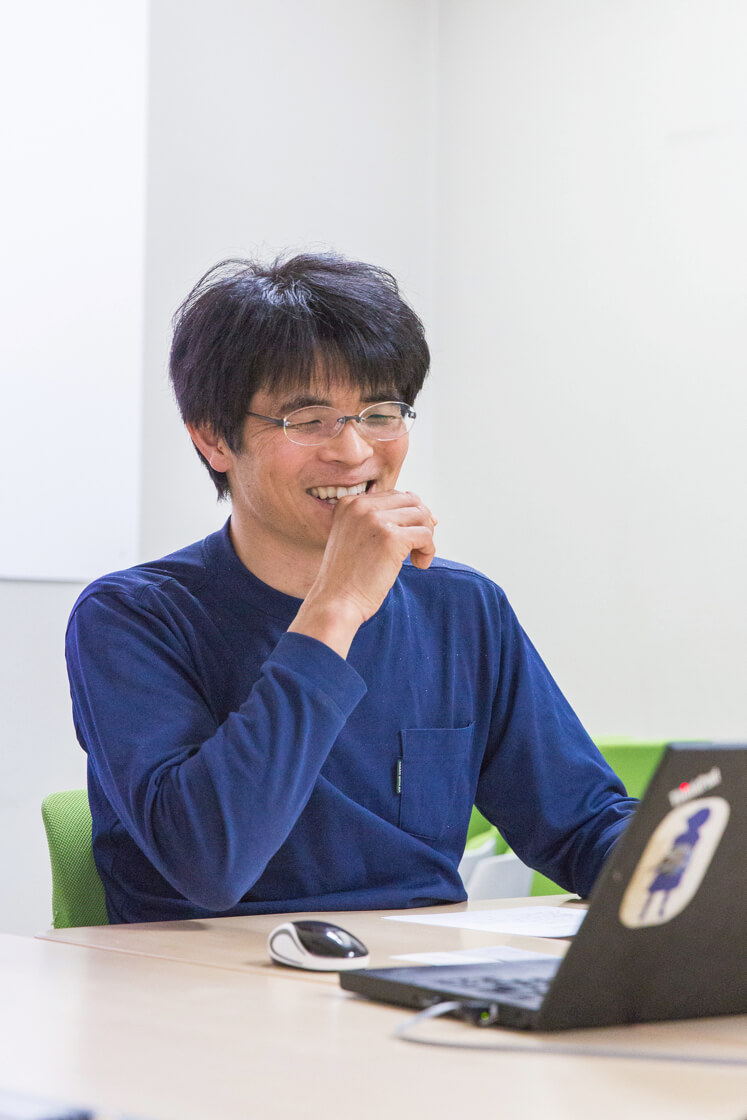
Dr. Asamura:
Rather than there being a vital point, success is more about the various mistakes I have made. There have always been lots of things to be fixed. Especially with the circuitry. Sometimes, there are things that I didn’t realise beforehand, and other times there are things I realize later on. However, all of these experiences of making improvements and working toward something better influence the present.
Asamura :Objects that go out into space must become more lightweight, smaller and consume as little energy as possible. These requirements are even more demanding for the moon, Mercury and Jupiter. I never think that it can’t be done, so my response is always, “Somehow it will work,” but actually doing it is really quite difficult.
——Please can you tell us about some specific mistakes that have led to success?
Dr. Asamura:
With Chandrayaan something unexpected happened, which caused great difficulty. I went too far with the reduction of the size of the electronic circuitry. I was convinced that the circuitry of the part that first received the signal from the sensor could be simplified. When I tested it, putting a large amount of circuitry in a small area caused noise. I had to use another subtract so that it was able to operate.
With MMO, a certain size was needed, so, because of the previous mistake, I was thorough about designing and testing. I knew that crowding a single substrate would cause lots of noise, which would make things difficult. I had to think about this carefully with JUICE, as well. The observation equipment was also different, so I went back to the beginning, and designed it so that there would not be any noise.
there will be major results in other areas too
——Without stubbornly clinging to success, you have achieved progress through flexible thinking and new perspectives, but have there been some common difficulties?
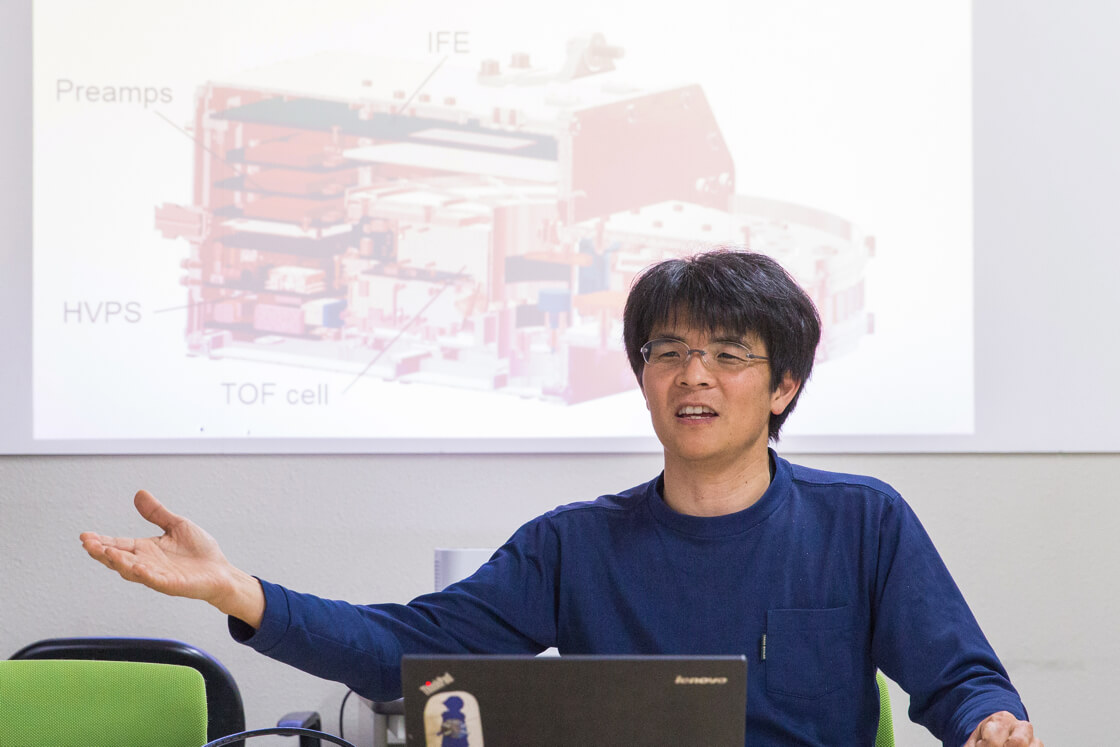
Dr. Asamura:
Asamura :Maybe the need to explain things according to societal trends. It may be common in any job, but there are more and more tasks that are required in order to gain the authorization of recognized authorities by making technical specifications about what I am doing and my plans.
It depends on whether the acceptable success rate is 99.99%, or 99% or even 90%, but while it is easy to go from 50% to 90-95%, it is hard to go from 95% to 98%, and it is so difficult to “specify in writing” how to reach 100%. My feeling is that the results should be approved for what they are after it has been successful.
——The concern is that even outstanding people can have their spirit broken if they are blamed for any eventuality despite the efforts and the challenges, and because of the need to explain their duties and processes.
Dr. Asamura: Asamura :Nothing will be started if there is fear, but, based on various experiences, I feel that if you make progress toward your goal, there are often major results in other areas. So there is no time to be discouraged, and the only way is forward.
Daily life
——You mentioned that you have a child, but how much does he understand about your work?
Dr. Asamura: Last year, we went together to see the launch of Arase, so he knows that I do something connected to rockets. However, he is still in kindergarten, so when I asked what he wanted to become, he said “Santa Claus” [laughs]. I get home late at night, so my wife looks after my son, and I have little chance to interact with him, but somehow or other I am able to take him to kindergarten in the morning.
——Very cute. I’m sure that there will be a sense of pride at launch, even though that may seem far off during the current preparatory stage.
Dr. Asamura: That’s right. I have to thank my family for their cooperation in this development.
and eagerly engage with it
The JUICE schedule and Professor Asamura’s goals for the future
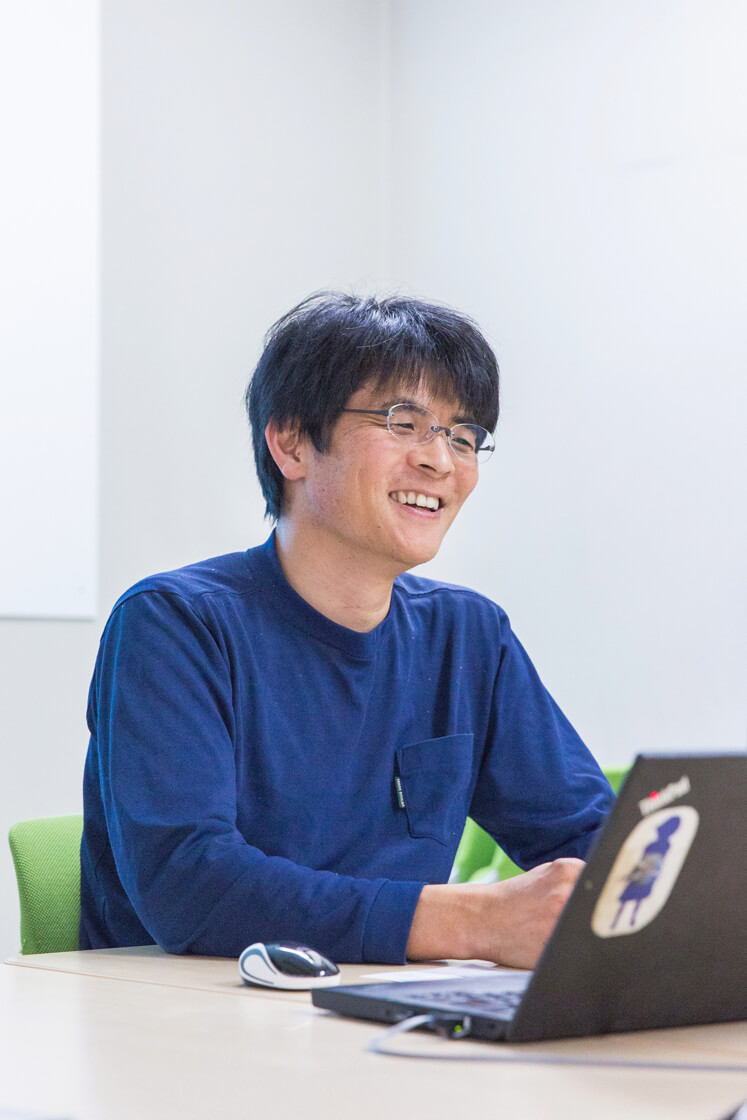
——From what you have said, you seem to have an attitude of working resolutely on whatever is front of you, but what do you personally want to work on in the future?
Dr. Asamura: Personally, I want to work with geospace again. There is so much data, communication is rapid, we receive detailed data very soon after launch, and it links up with above-ground observations. However, the direction of JAXA is more toward planetary probes than geospace. This approach is due to the perception that, while planetary probes quickly lead to results, geospace lacks originality, despite the fact that there is so much we don’t know. Space research in Europe is also geared more toward planetary probes than geospace.
Personally, when the development of a certain instrument comes to an end, rather than choosing the next one, I want to eagerly get involved in whatever opportunities there are in relation to probes.
——Please can you tell us about the upcoming schedule and any messages that you have for future generations?
Dr. Asamura: Arrival at Jupiter will be made in 2030, so we are busily working on equipment development. When it arrives around Jupiter, we will pass things on to the science team. The people who are in that team right now will have reached retirement age by then, so those who will be taking the lead at that time are students right now.
It’s really enjoyable to be working on large probes with international cooperation and involvement from Japanese universities and research facilities, and to look at the data I really hope that the young generation will take an interest in this right now from the preparation stage.
Interviewed by Nishikawa, Nyan & Co.

